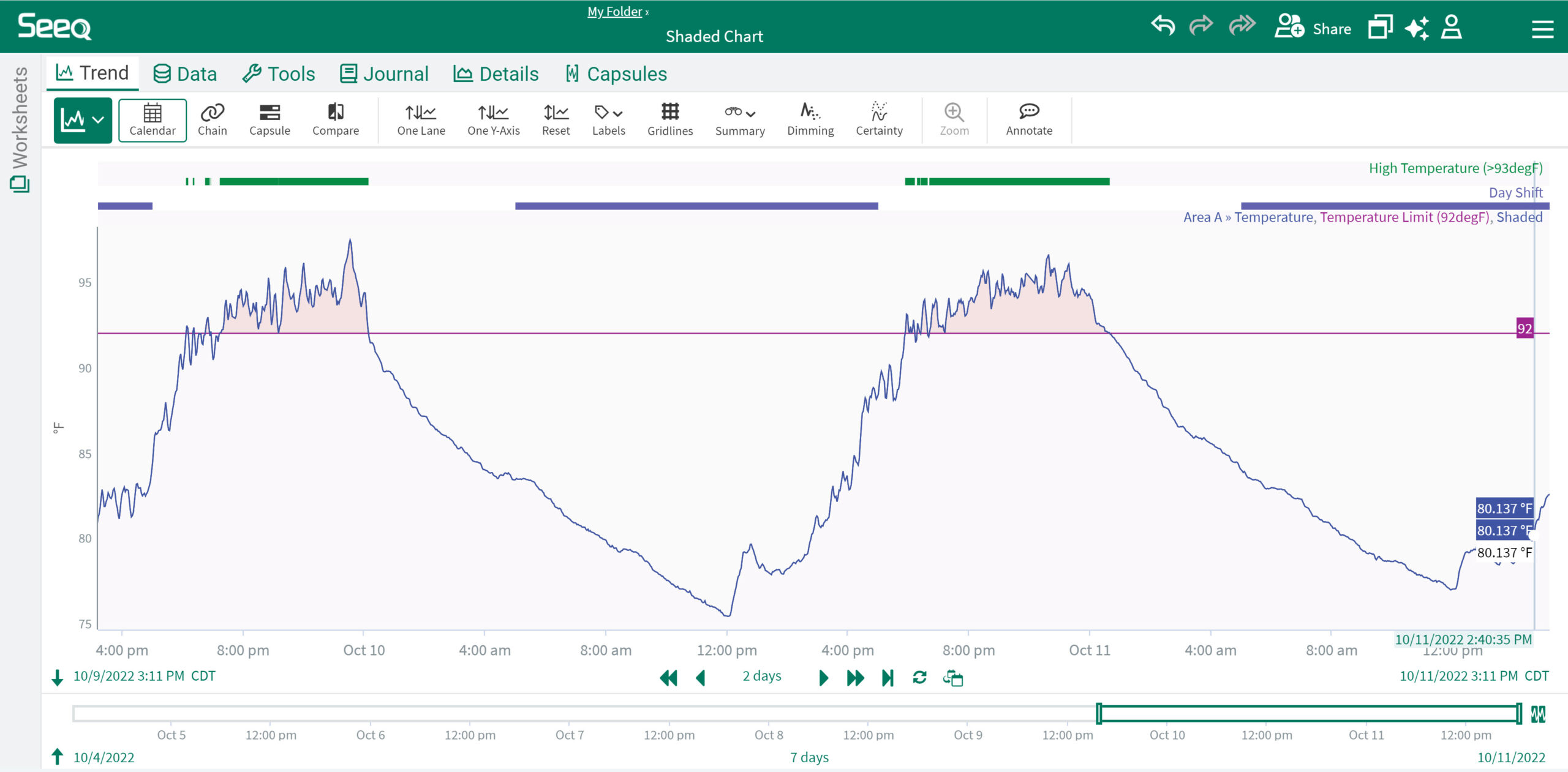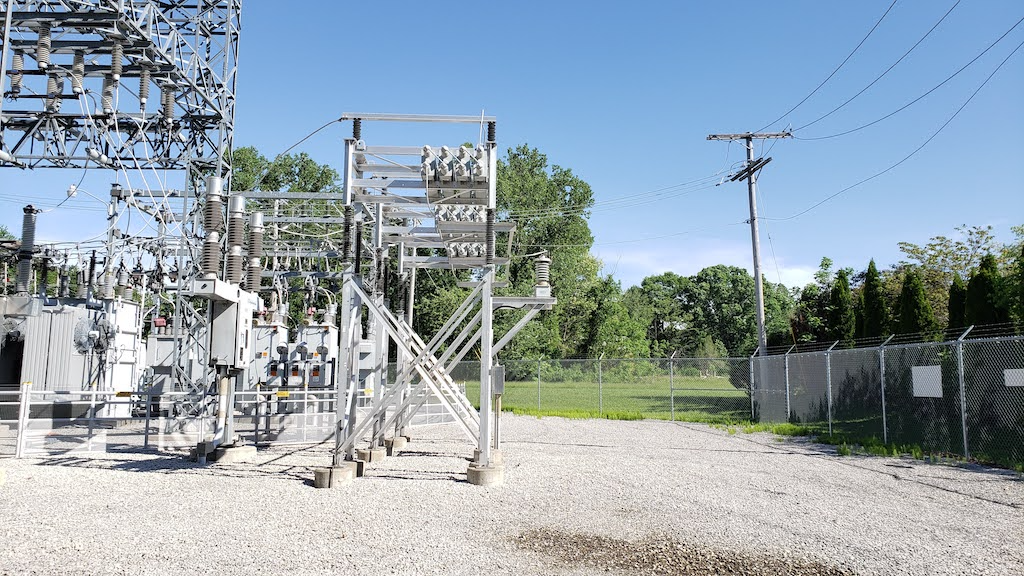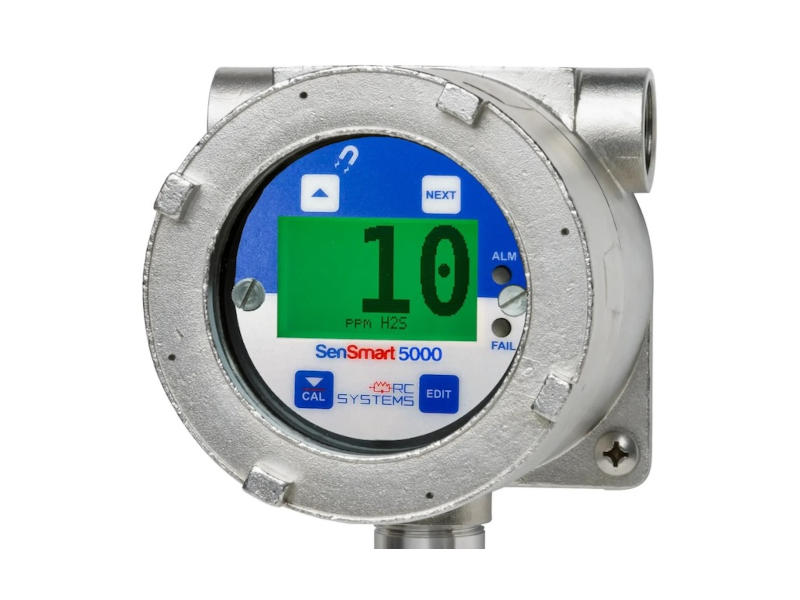With a growing emphasis using all plant resources more efficiently, asset management is a major topic of discussion for plant managers today. Edward Bryan, director, SWG Industrial Sector Solutions for IBM, will discuss these issues and others during his keynote address at the 2010 Manufacturing/Automation Summit.
With a growing emphasis using all plant resources more efficiently, asset management is a major topic of discussion for plant managers today. Edward Bryan, director, SWG Industrial Sector Solutions for IBM, will discuss these issues and others during his keynote address at the 2010 Manufacturing/Automation Summit. Bryan discussed some of these ideas and how they’ve affected manufacturing’s recovery with Plant Engineering
PE: There seems to be some growing optimism about manufacturing, that if we’re not in recovery, we’ve at least stabilized. What’s your perspective on this?
Bryan: The recent economic crisis has been felt worldwide. The cost sensitive nature of the industry has spawned rationalization of manufacturing capacity to match supply to demand with associated reductions in inventory. This impact spans the entire manufacturing process from supplier to consumer.
This focus on efficiency and optimization is leading to a transformation to more sophisticated and integrated systems. While we’re starting to see evidence of recovery, we will continue to see a focus on optimization of existing assets to support the ‘new’ economy.
A remaining barrier to overcome is a natural hesitation to invest and drive adoption of new technologies. This new economy will be based on the transformation of traditional manufacturing processes to better use IT to support the business objectives, with a level of collaboration across product development, supply chain, manufacturing and operations disciplines that form the virtual manufacturing enterprise.
PE: IBM’s motto, “A Smarter Planet” is a great slogan, but as it pertains to manufacturing, do you see leaders getting smarter about issues surrounding energy use? What are the barriers to keep more of this from happening?
Bryan: Building a smarter planet is IBM’s point of view on how interconnected technologies are changing the way the world literally works. That is, the systems and processes that enable:
-
physical goods to be developed, manufactured, bought and sold;
-
services to be delivered;
-
everything from people and money to oil, water and electrons to move; and
-
billions of people to work govern themselves and live.
-
The catalyst for this change is the transformation of the world’s infrastructure, which is becoming increasingly instrumented, interconnected and intelligent. Consider that:
-
By 2010, there will be a billion transistors per human, each costing one ten millionth of a cent. The technology is being embedded into billions of devices — cars, appliances, roadways, etc.
-
By 2011, an estimated 2 billion people will be on the Web — connected to devices in an unprecedented way.
-
Massively powerful computers and computing “clouds” can be affordably applied to processing, modeling, forecasting and analyzing the mountains of data all this will generate.
-
What this means is that for the first time in history, almost anything can become digitally aware and interconnected.
Businesses are striving to become more efficient by addressing energy, environmental and sustainability concerns as they understand “going green” can yield real, immediate and long-term cost savings. Business leaders are now looking for ways to maximize their performance while minimizing their energy footprint.
Energy-efficient IT strategies that focus on consolidated, virtualized infrastructures can help midsized businesses quickly begin seeing a return on investment from reduced power and cooling costs of up to 40%.
In addition to these welcome adjustments to the utility bill, energy efficient technologies also can provide significant operational benefits. In areas such as data availability, productivity and utilization, green IT usually makes organizations more efficient, For every dollar saved in energy cost, businesses have been shown to save a multiple of that in operational costs.
PE: Manufacturers are trying to get a handle on their assets — to understand how they work, when they might fail and how to get the most out of them. How can technology help in this effort, and what are the limitations of that help?
Bryan : As manufacturers focus on the optimization of their existing assets, technology becomes a critical enabler to integrate the ‘islands’ of information that exist within the virtual manufacturing enterprise. By integrating the manufacturing applications and domains, a business can gain unparalleled visibility into the day to day operations, performance and health of their business.
The increased speed and quality of decision making enable a proactive rather than reactive approach to the management of company assets, and help maximize ROI/ROA by extending asset life-span, increasing equipment up-time and output quality, optimizing labor efficiency and improving the management of asset-related parts and material inventories.
The challenge that every company has to overcome is how to move toward this integrated collaborative enterprise in a standardized and phased manner that provides continued business value while reducing the overall risk.
PE: What’s the message you are going to bring to this year’s Manufacturing/Automation Summit? What do you want attendees to get out of this presentation?
Bryan : Manufacturing processes are increasingly interconnected and often highly complex. Harnessing the power of your infrastructure can help create efficiencies, unlock value, and improve insight into your business processes. This “new intelligence” gives you more than a window into your current operations.
The integration of information creates an opportunity for faster, real-time business decisions. It can provide a view of future events, trends, patterns and anomalies that yield invaluable business insights to help you drive smarter decision-making. As a result a business can make more informed decisions; decrease operational cost; and increase overall efficiency of their manufacturing environment.
-



